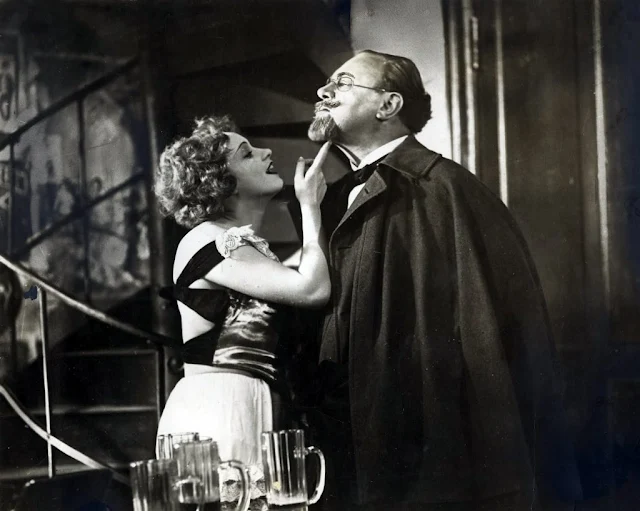 |
| Jacob Batalon and Tom Holland in Spider-Man: Homecoming |
Adrian Toomes / Vulture: Michael Keaton
Tony Stark / Iron Man: Robert Downey Jr.
May Parker: Marisa Tomei
Happy Hogan: Jon Favreau
Ned: Jacob Batalon
Liz: Laura Harrier
Michelle: Zendaya
Pepper Potts: Gwyneth Paltrow
Aaron Davis: Donald Glover
Flash: Tony Revolori
Herman Schultz / Shocker #2: Bokeem Woodbine
Anne Marie Hoag: Tyne Daly
Abe: Abraham Attah
Coach Wilson: Hannibal Buress
Principal Morita: Kenneth Choi
Mr. Harrington: Martin Starr
Mrs. Toomes: Garcelle Beauvais
Mac Gargan: Michael Mando
Jackson Brice / Shocker #1: Logan Marshall-Green
Karen, the Suit Lady (voice): Jennifer Connelly
Director: Jon Watts
Screenplay: Jonathan Goldstein, John Francis Daley, Jon Watts, Christopher Ford, Chris McKenna, Erik Sommers
Cinematography: Salvatore Totino
Production design: Oliver Scholl
Film editing: Debbie Berman, Dan Lebental
Music: Michael Giacchino
Although he looks closer to 21 (his real age) than to 15 (his character's age), Tom Holland makes Peter Parker into a charmingly geeky and impulsive adolescent in Jon Watts's Spider-Man: Homecoming, the latest iteration of the comic book hero, and I think the best. It benefits greatly from a good and refreshingly multiethnic cast, and most of all from Michael Keaton's participation as Adrian Toomes, whose work clearing up the rubble from the Battle of New York, which we saw in The Avengers (Joss Whedon, 2012), allows him to salvage some alien technology and turn himself into a supervillain called Vulture. So far, this is standard superhero movie stuff. What makes it fresh is that Toomes is also the father of Liz, a girl on whom Peter has a crush, leading to the best scene in the movie: the moment that Toomes realizes that the boy who is taking his daughter to the homecoming dance is actually Spider-Man, with whom Vulture has already tangled. It elevates the familiar teen-movie awkwardness of meeting a girlfriend's father into something deliciously awful. Both Keaton and Holland make this mutual recognition scene a small classic, more memorable than the big chopped-up, noisy, CGI-flattened action sequences. (Although even there, I admired the wit of the scene in which Spider-Man tries to use his webbing to glue the halves of a bifurcated Staten Island Ferry back together.) The set-up for the film is that Peter, after being mentored by Tony Stark in the conflict at the center of Captain America: Civil War (Anthony Russo, Joe Russo, 2016), has his head full of glory and plans to join the Avengers. But Stark wants him to grow up, and insists that he stay in school -- a STEM-focused high school in Queens for budding geniuses. He can become "the friendly neighborhood Spider-Man" in his down time, handling bicycle thieves and purse-snatchers, but nothing more than that. He does have a fancy new suit, but its powers are limited by a "training-wheels protocol." Naturally, Peter and his best friend, Ned, who discovers Peter's secret identity by accident, manage to hack into the suit's wiring and disable the protocol, launching the naïvely ambitious superhero into a world of trouble. I enjoyed Spider-Man: Homecoming more than the usual comic-book movie because its hero's dilemmas are familiar real-world ones, unlike those of gods like Thor and Wonder Woman, visiting aliens like Superman, rich dilettantes like Iron Man and Batman, or time-shifted science projects like Captain America.








